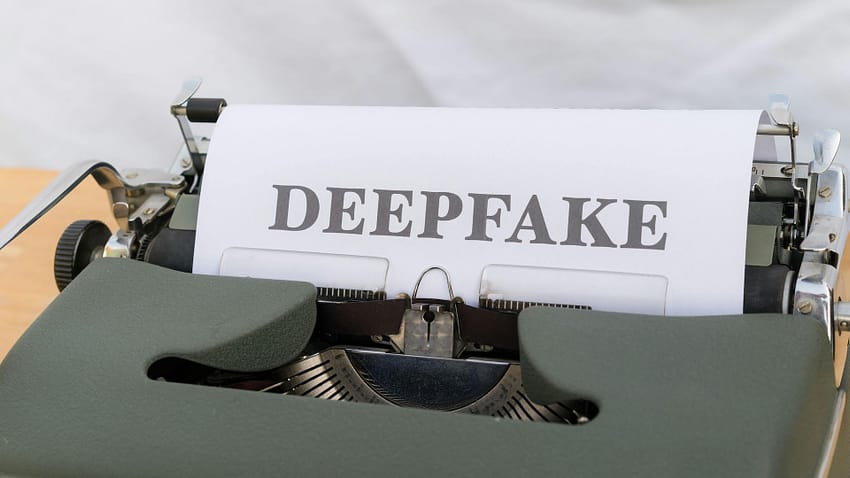A study by CSIRO, Australia’s national science agency, and South Korea’s Sungkyunkwan University (SKKU) assessed 16 leading detectors and found none could reliably identify real-world deepfakes. The international team of researchers is calling for urgent improvements in deepfake detection technologies.
Deepfakes are artificial intelligence (AI) generated synthetic media that can manipulate images, videos, or audio to create hyper-realistic but false content. For example, they have been used to create fake videos of women placing them in pornographic movies, making it look like politicians are endorsing positions they would typically oppose and other faked videos intended to fool watchers.
CSIRO cybersecurity expert, Dr Sharif Abuadbba, says the availability of generative AI has fuelled the rapid rise in deepfakes, which are cheaper and easier to create than ever before.
“Deepfakes are increasingly deceptive and capable of spreading misinformation, so there is an urgent need for more adaptable and resilient solutions to detect them.”
The researchers note that there are types of real-world deepfake types that outsmarted detectors.
Synthesis deepfakes generate entirely new synthetic faces using AI-powered Generative Adversarial Networks (GANs) or Diffusion models. They create an artificial identity by blending or generating facial features. These deepfakes are often used for creating realistic looking but non-existent individuals. For instance, a Diffusion model can blend the faces of two famous actors.
Faceswap deepfakes replace one person’s face with another in a video while keeping the original body and background. For example, they can make it look like a celebrity’s face is on someone else’s body in a video.
Reeanactment deepfakes transfer facial expressions and movements of one person to onto another’s face in a video. This preserves the target person’s facial features but alters their expressions. They can be used to convincingly fabricate speeches or reactions that never occurred.
The researchers developed a five-step framework that evaluates detection tools based on deepfake type, detection method, data preparation, model training, and validation. The framework identifies 18 factors affecting accuracy, ranging from how data is processed to how models are trained and tested.
“As deepfakes grow more convincing, detection must focus on meaning and context rather than appearance alone,” says Dr Abuadbba.
SKKU Professor Simon S. Woo, said the collaboration between CSIRO and SKKU has advanced the field’s understanding of detection model vulnerabilities.
The study also found many current detectors struggle when faced with deepfakes that fall outside their training data.
The researchers said one example is the ICT (Identity Consistent Transformer) detector which was trained on celebrity faces. It was significantly less effective at detecting deepfakes featuring non-celebrities.
CSIRO cybersecurity expert, Dr Kristen Moore, said using multiple detectors and diverse data sources strengthens deepfake detection.
“We’re developing detection models that integrate audio, text, images, and metadata for more reliable results,” Dr Moore says. “To keep pace with evolving deepfakes, detection models should also look to incorporate diverse datasets, synthetic data, and contextual analysis, moving beyond just images or audio.”
The paper, “SoK: Systematization and Benchmarking of Deepfake Detectors in a Unified Framework“, has accepted at IEEE European Symposium on Security and Privacy 2025. This paper is authored by Le, Binh M., Jiwon Kim, Simon S. Woo, Kristen Moore, Alsharif Abuadbba, Shahroz Tariq (CSIRO Technical Lead).

Anthony is the founder of Australian Apple News. He is a long-time Apple user and former editor of Australian Macworld. He has contributed to many technology magazines and newspapers as well as appearing regularly on radio and occasionally on TV.

